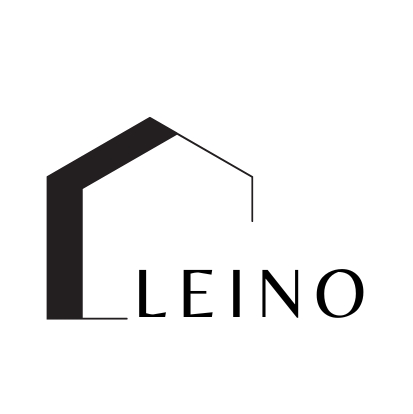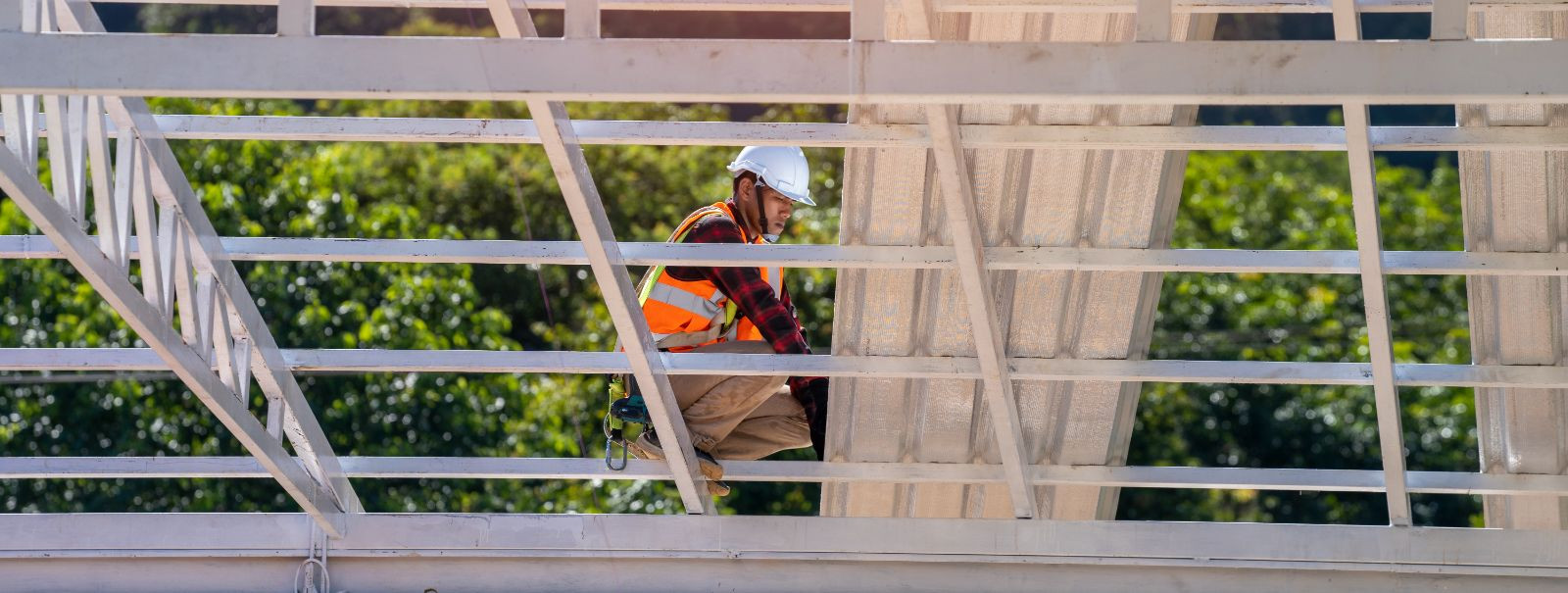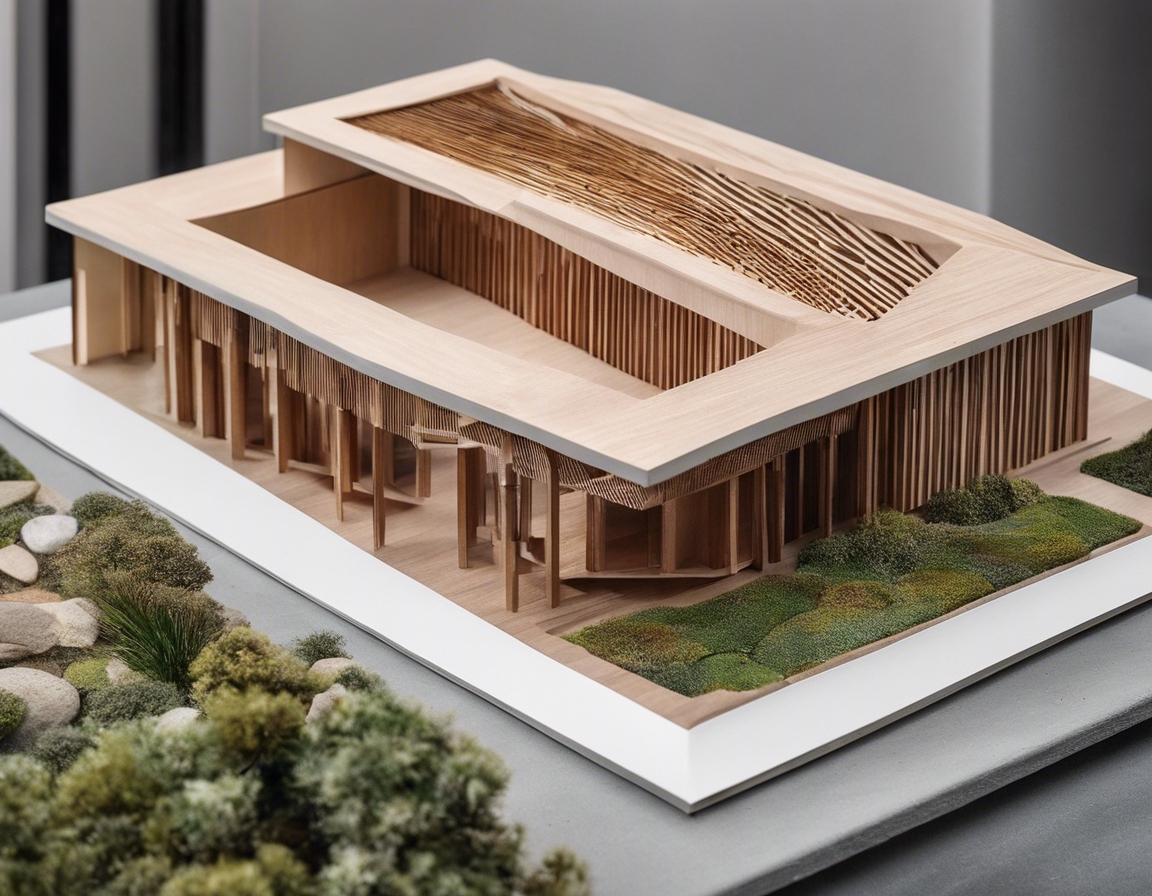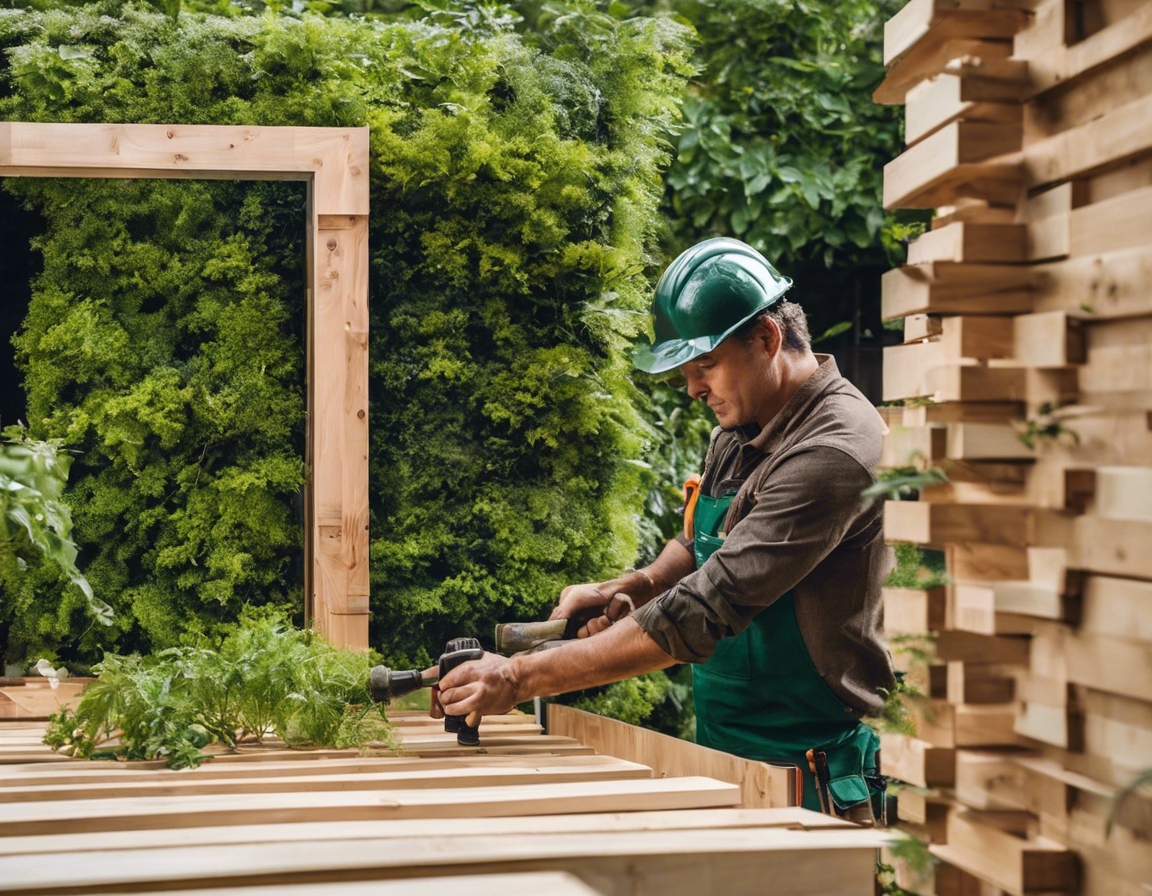5 trends shaping the future of sustainable construction
As the world becomes increasingly aware of the environmental impact of traditional construction practices, the industry is shifting towards more sustainable methods. Sustainable construction not only addresses environmental concerns but also offers economic and social benefits, making it a comprehensive approach to building. In this post, we will explore five key trends that are shaping the future of sustainable construction.
1. Green Building Materials
The use of green building materials is a cornerstone of sustainable construction. These materials are selected for their low environmental impact, durability, and ability to be recycled or sourced sustainably.
Materials such as bamboo, cork, and reclaimed wood are becoming increasingly popular due to their renewable nature and minimal environmental footprint. Additionally, the use of recycled materials like recycled steel and glass reduces waste and conserves natural resources.
Technological advancements are leading to the development of new materials that are both eco-friendly and high-performing. For example, self-healing concrete and bio-based insulation materials are revolutionizing the way buildings are constructed.
2. Energy Efficiency and Renewable Energy Integration
Energy efficiency is a major focus in sustainable construction, with the goal of reducing the overall energy consumption of buildings.
Smart architectural design and passive housing principles are being employed to maximize natural light and ventilation, thereby reducing the need for artificial heating and cooling.
The integration of renewable energy sources such as solar panels, wind turbines, and geothermal systems is becoming more common in new construction projects, further reducing the carbon footprint of buildings.
3. Water Conservation and Management
Water is a precious resource, and sustainable construction practices are placing a greater emphasis on its conservation and management.
Low-flow fixtures, rainwater harvesting systems, and greywater recycling are just a few examples of how water efficiency is being addressed in modern construction.
Green roofs, permeable pavements, and other forms of green infrastructure help manage stormwater runoff, reducing the burden on municipal systems and the environment.
4. Advanced Building Techniques and Automation
Advancements in building techniques and the use of automation are streamlining construction processes and reducing waste.
Modular and prefabricated building methods allow for components to be constructed off-site in controlled environments, leading to higher quality, faster construction times, and less material waste.
Automation technologies such as 3D printing and robotic assembly are being increasingly adopted, improving precision and efficiency in construction.
5. Emphasis on Indoor Environmental Quality
Creating healthy indoor environments is an essential aspect of sustainable construction.
The use of non-toxic materials and the installation of advanced ventilation systems ensure that indoor air quality is maintained at a high standard.
Incorporating natural elements into building design, known as biophilic design, has been shown to improve occupant well-being and productivity, while also enhancing the sustainability of the structure.






Comments (0)